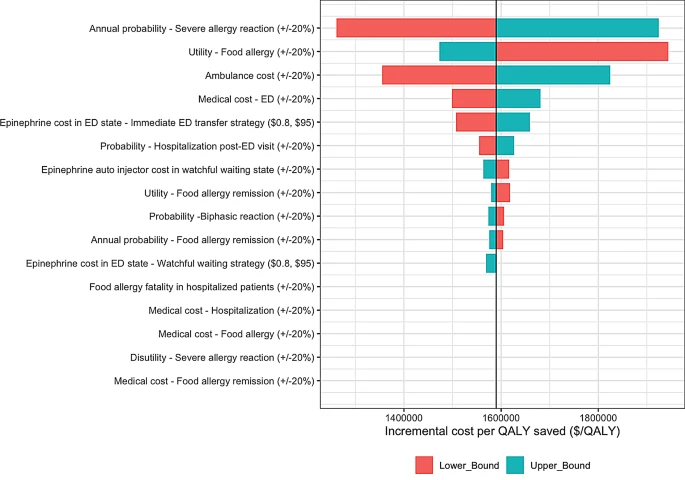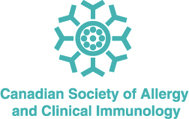Abstract
Background
Until recently, immediate emergency department (ED) transfer after food-related anaphylactic reactions was recommended regardless of symptom resolution following use of an epinephrine autoinjector (EAI). We evaluated the cost-effectiveness of delayed ED transfer after EAI use in non-medical settings (watchful waiting) compared to immediate ED transfer among pediatric patients with food allergies in Canada.
Methods
We developed a probabilistic Markov model of individuals starting at age of one year who are at risk of severe food-related allergic reactions requiring epinephrine. We evaluated medical costs (in 2022 Canadian dollars) and quality-adjusted life years (QALY) of each strategy over a 20-year horizon. In the base case, we assumed a tenfold increase in food allergy fatality for patients under watchful waiting, which we increased to 100- to 1,000-fold in sensitivity analysis.
The analysis was conducted from the Canadian healthcare system perspective with a 1.5% annual discount rate and a willingness-to-pay (WTP) threshold of $50,000 per QALY.Results
 |
| One-way deterministic sensitivity analysis of watchful waiting versus immediate ED transfer. |
Conclusions
Watchful waiting for symptom re-occurrence following EAI administration in non-medical settings is cost-effective.

No comments:
Post a Comment